You spend a lot of time investing in your home landscape, particularly your lawn. So you expect it to look nice. It’s not too much to ask.
But when your grass won’t grow, it can become frustrating figuring out the reasons why.
You might notice brown or yellowing grass, for instance, and wonder what’s causing it. Maybe it isn’t getting enough water or maybe it’s getting too much water? Maybe it needs fertilization? Or maybe you have a lawn pest or disease problem? Unfortunately, all of those issues can cause discoloration.
In fact, some factors can drastically impact your lawn’s good looks. There might be some lawn care mistakes that you don’t even know you’re making that are negatively impacting your grass.
No one wants to sabotage their dreams of a beautiful, healthy lawn.
Let’s dive into some of the reasons why your grass won’t grow and talk about how to make your grass grow so you can get that gorgeous lawn you desire for your Northern Virginia home.
Why Won’t My Grass Grow? 9 Reasons to Look For
Bummed out that your lawn isn’t looking as good as you’d wish it would. Wondering why with as much care as you give it, your grass is looking off-color, thin, spotty, or less than ideal?

It’s OK; help is on the way. These are the major reasons we’ve seen that answer the question: Why is my grass not growing? Take a look through and see if one of these problems seem relevant to you and whether one of the solutions we offer could work to turn your brown lawn green again.
Lawn Challenge #1: Your Grass is Suffering From a Lack of Water
A thick, healthy lawn requires quite a few things to survive. Rich soil and sunlight are important, but water is also a crucial ingredient to great looking grass.
If you find you’re in a period where the weather is really dry and warm and you’re suddenly seeing issues with your grass, it could be possible that your lawn isn’t receiving enough water. This could certainly be a reason why your grass won’t grow.
Northern Virginia lawns require approximately 1 to 2 inches of consistent water weekly. While Mother Nature supplies some water, there are other situations where you may need to supplement what nature provides with water via your irrigation system or sprinklers.
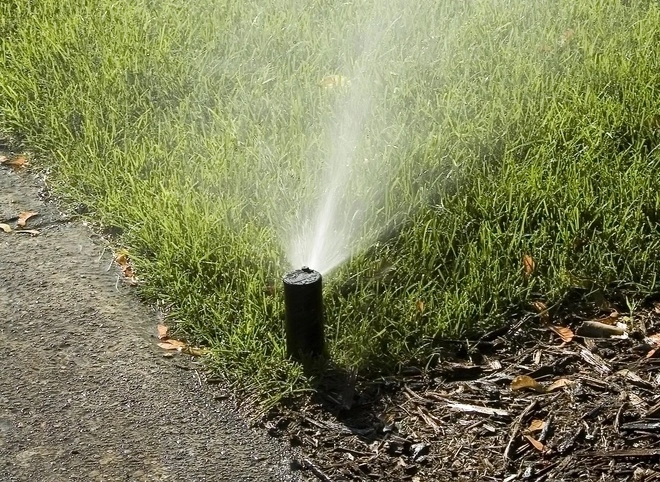
You can really see your lawn take a hit when it comes to lack of water especially during periods of drought. And unfortunately, even short dry spells can have long-term consequences.
When your lawn lacks water it becomes weak, and that weakness could lead to thinning areas or even unexpected weed infestations because bare spots or thin areas enable those undesirable weeds to sneak their ways into your grass.
Even if you are doing all you can to care for your lawn or if you hire a lawn care professional to take care of it, nothing can make up for a lack of water, which is one of those essential things your lawn needs to survive.
Understanding your lawn’s watering needs and assessing whether your grass is getting what it requires for proper growth is the first step to fixing this problem and seeing your lawn appearance change for the better.
Lawn Challenge #2: Your Grass is Suffering Due to Too Much Water
Just like a lack of water can cause a less-than-lovely lawn, too much water can be just as problematic.
Maybe your Northern Virginia home is receiving above-average rainfall, for instance. This prematurely depletes your lawn of essential nutrients and can cause symptoms, such as yellowing. You might assume it’s drought-related and add even more water, which exacerbates the problem. And if you have a lawn disease problem that is the reason your grass won’t grow, then more water will also continue spreading the disease.
Lawn Challenge #3: Your Lawn is Not Being Mowed Correctly
Unfortunately, it’s true: Your mowing habits can have a big impact on how to make your grass grow.
By mowing incorrectly, you could actually be inhibiting lawn growth.
Where could you be getting this seemingly simple task wrong? It starts with mowing height. When you mow your grass too short or you scalp the edges near your driveway or sidewalks, you create conditions that are favorable for weeds to attack. Weeds love thin lawn areas because they can receive better access to sunlight and don’t have to compete with thick, healthy grass to grow.
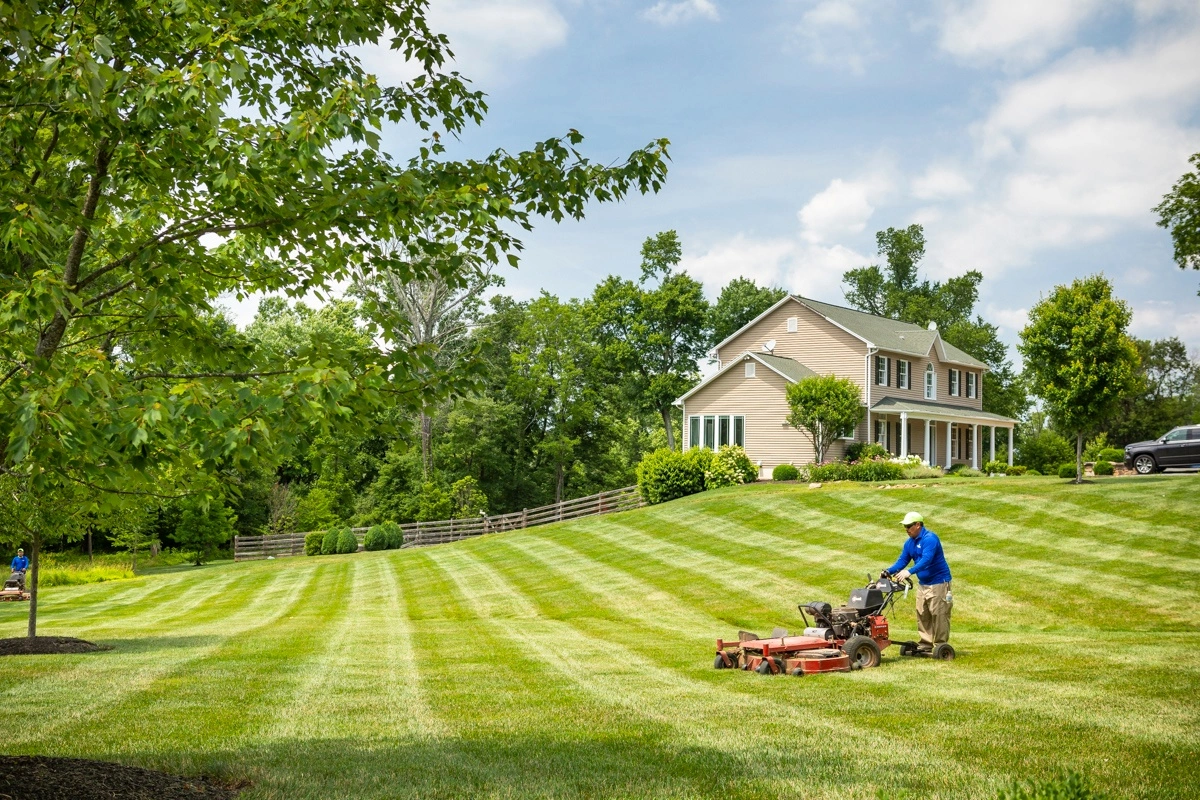
What height is the best to prevent a weed invasion and keep grass green, thick, and healthy? You want to keep your cut height around 3.5 to 4 inches. This is the ideal height for Northern Virginia lawns.
You also want to keep an eye on the equipment you’re using to cut your grass. If you use old equipment with an unleveled mowing deck or dull blades, you can get torn grass and uneven results. This can put extra stress on your grass and create a discolored or yellow look.
This is a great reminder to never forget to review your mowing practices when trying to answer the question: Why is my grass not growing?
Lawn Challenge #4: Your Lawn Soil is Suffering
When all else fails as you evaluate how to make your grass grow, sometimes it’s the stuff you can’t see that is causing problems. And in this case we’re talking about poor soil health.
You might not spend a lot of time thinking about your soil, but it can actually cause your lawn quite a bit of trouble. For instance, you might have a soil pH issue – too low or too high, you might have a soil composition issue where it’s lacking essential nutrients, or you might have a soil compaction problem.
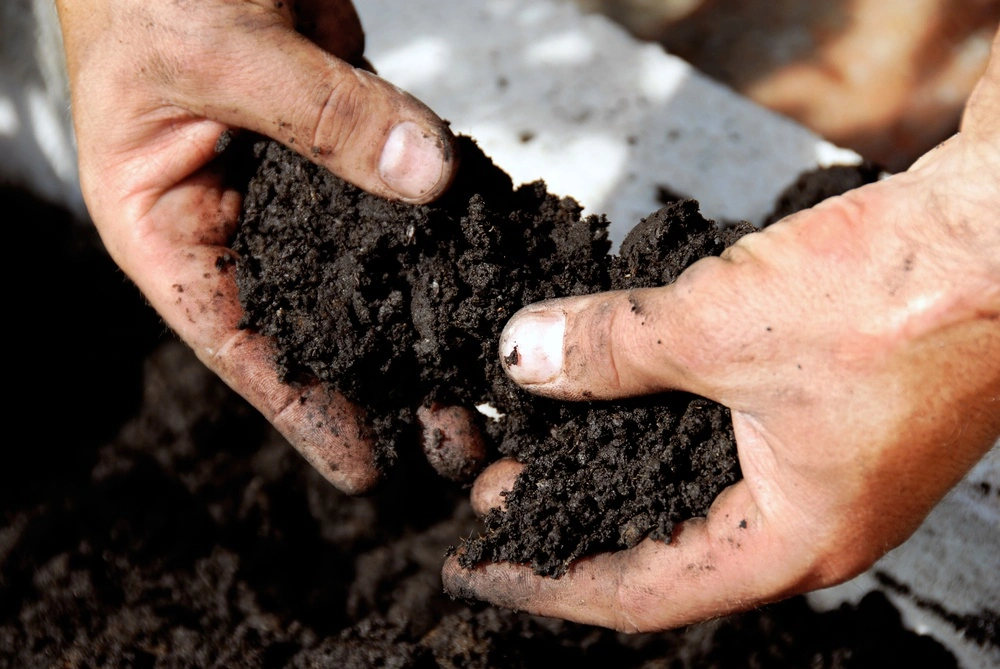
Healthy soil is chock full of beneficial microorganisms that help your grass soak in nutrients. When you lack these microorganisms, your lawn might not be able to absorb nutrients – even fertilization.
In Northern Virginia, compaction can also be a big soil problem. This can make it difficult for everything from nutrients to water to get to your lawn roots where they are needed. To solve this problem, you want to include an annual aeration to break up compacted soil and help your lawn breathe better. Following aeration with topdressing brings compost to the mix, improving microbial life and your overall soil structure. This will lead to better overall lawn care results.
This big point here: You never want to skip essential lawn care services because their absence could be the very reason your grass won’t grow. To solve this problem, work with a lawn care company that offers soil testing as a part of its lawn care services so they consider your specific soil needs and create a program that addresses your soil deficiencies. You also want to make sure that company provides services that are important to you and your specific lawn care issues, such as fertilization, aeration, and topdressing.
Lawn Challenge #5: Your Grass Type Isn’t a Match
Sometimes your grass won’t grow because it's not the best type of grass for your specific conditions.
In Northern Virginia, turf-type tall fescue is the best grass. Why? It has deep roots, so it can access water from deeper within the soil, resisting drought longer than other cool-season grasses. But as a cool-season grass, it can suffer during those hot, summer days that extend for periods of time.
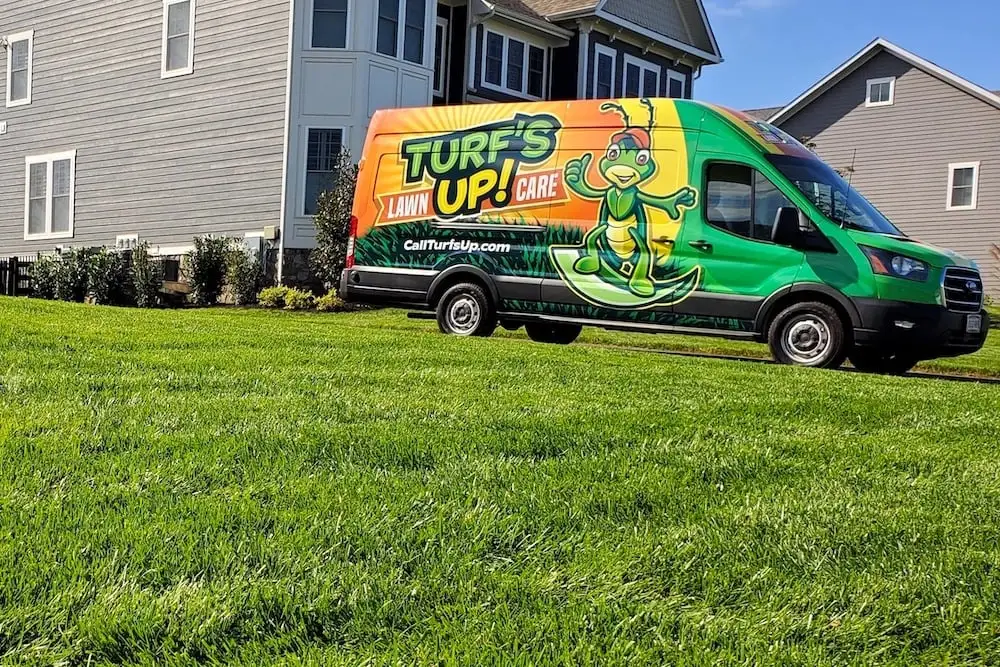
This is a natural response for this grass type, and it actually shouldn’t alarm you too much. Cool-season grass that encounters rough conditions may result in some temporary color struggles. And even though you may see this dormancy erupt from time to time, it will green up again as soon as the weather cools back down. That makes turf type tall fescue more resilient than other cool-season grass types.
Lawn Challenge #6: Your Lawn Might Be Suffering From a Disease
Why is my grass not growing is a common question that can come up when lawn disease is an issue.
Some common diseases in Northern Virginia include dollar spot, red thread, and pythium blight. These fungal diseases can spread rapidly on your lawn. In fact, one minute your grass can look fine, and the next minute it can turn colors and appear to be dying off in brown patches.
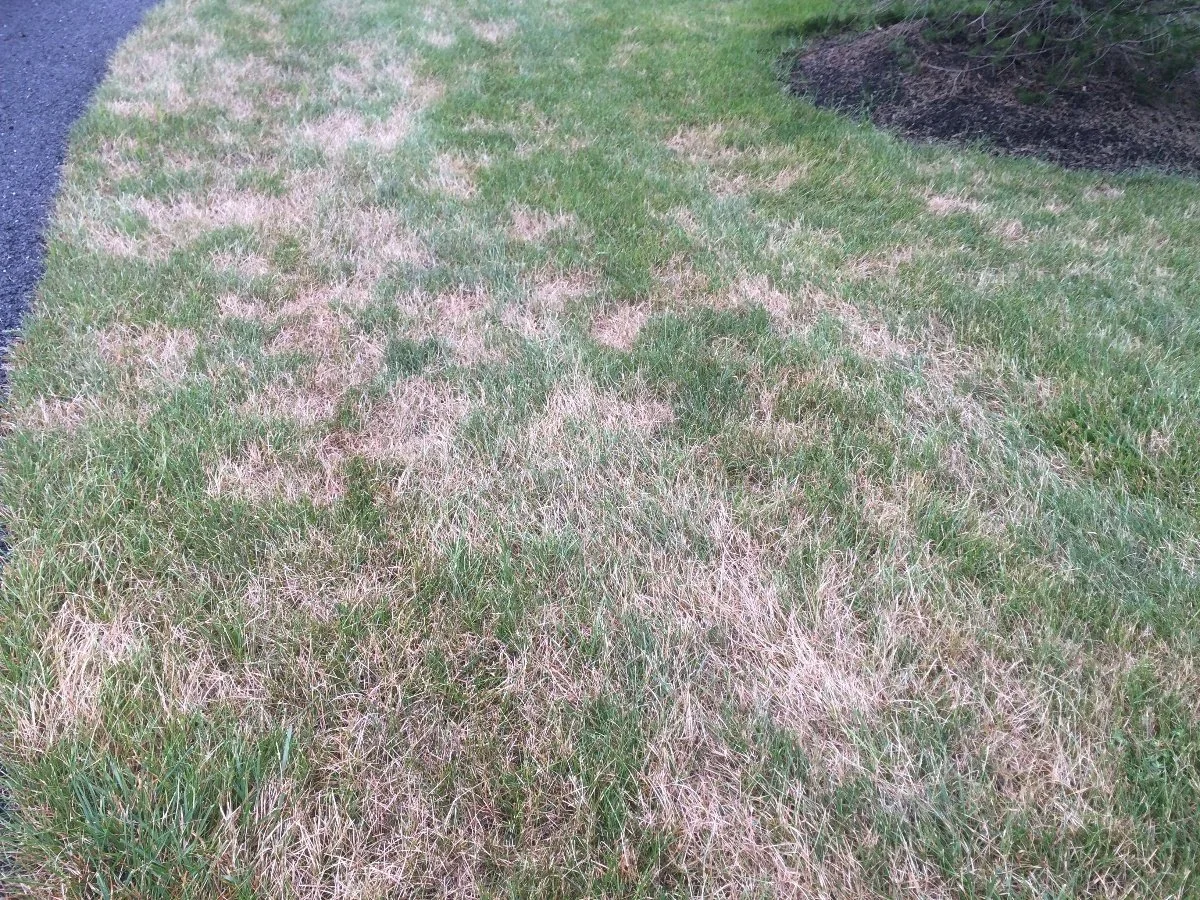
While some turf diseases can only be temporary based on environmental conditions that make disease appear, others diseases require professional fungicide treatments to cure. A lawn care professional can determine whether your lawn is struggling from disease and warrants treatment.
Lawn Challenge #7: Your Lawn Requires Fertilization
Fertilization is an essential service that gives your lawn regular nutrients it needs to grow. It’s delivered in a balanced ration of nitrogen, phosphorus, and potassium.
If you fail to fertilize your lawn, you can experience thinning since it will suffer from nutrient deficiencies. This is definitely a reason your grass won’t grow.
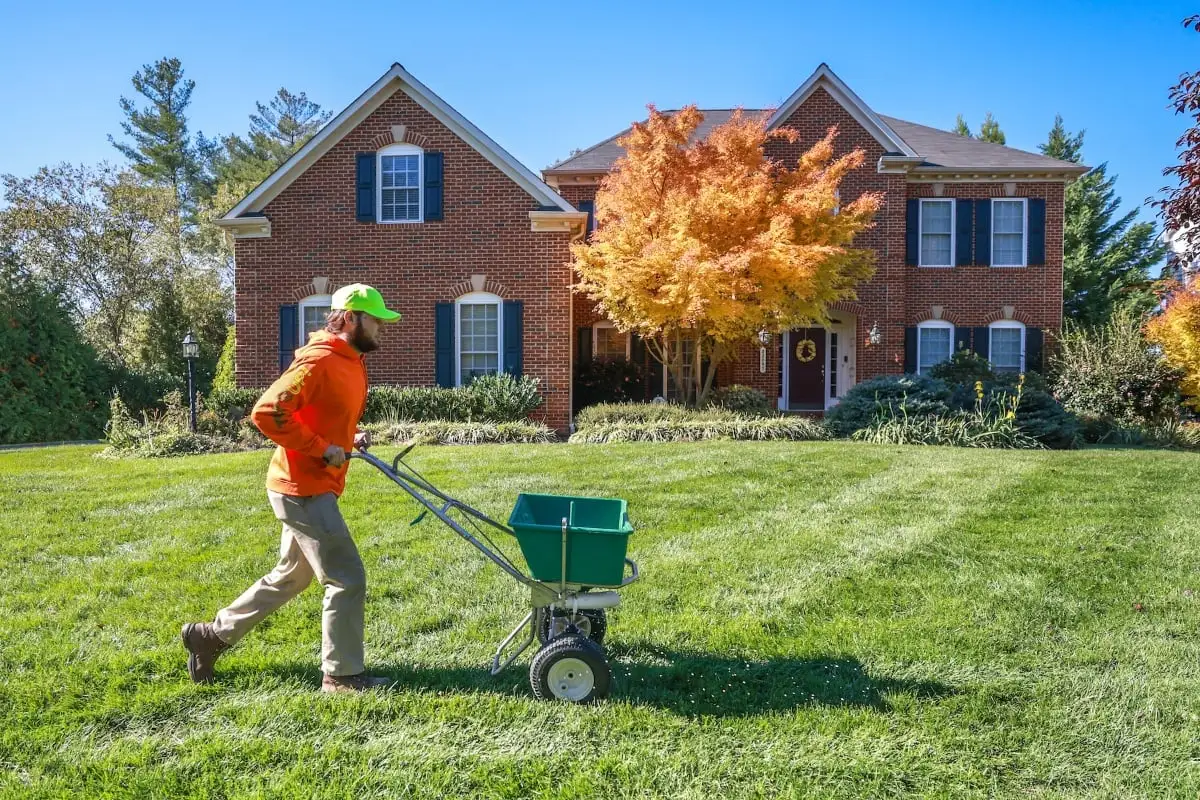
You want to make sure your lawn receives the nutrients it needs. Working with a lawn care professional that uses soil testing and a customized lawn care approach can ensure your lawn receives specifically what it's missing.
Lawn Challenge #8: Your Lawn Is Plagued With Invasive Weeds
There are quite a variety of weeds that could be infesting your lawn. And different weeds require different control strategies. Some weeds are easier to get rid of than others.
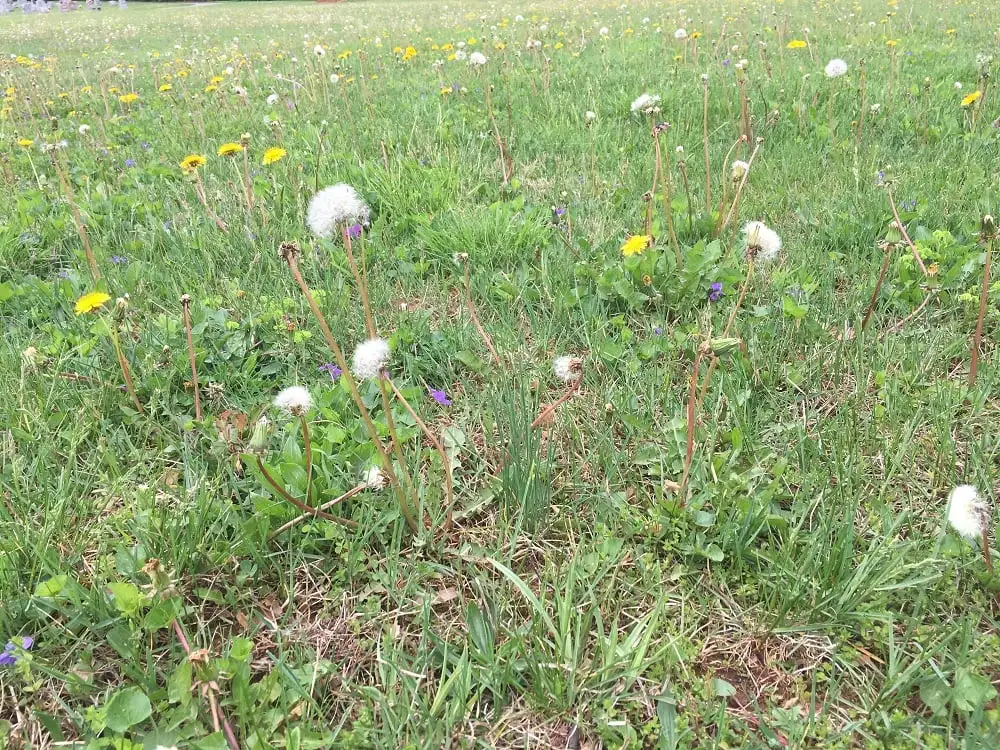
Some of the toughest weeds to control require specialized plans of attack. The worst weeds we have here include wild violets, ground ivy, and nutsedge. They are aggressive and tough to control. To solve this problem of why won’t my grass grow, you want to hire a lawn care professional who uses varied approaches to tackle different weeds and knows how to target these common invaders.
Lawn Challenge #9: Your Lawn Has an Insect Problem
Sometimes your grass won’t grow because there is something lurking that’s causing regular and consistent stress, and that would be insects.
Grubs, for instance, damage your lawn by feeding on its roots and even causing your lawn to roll up like a carpet in severe infestations.
To battle your grub challenge, you want to receive professional treatment to manage these pests. Then you can overseed or sod areas that need repair.
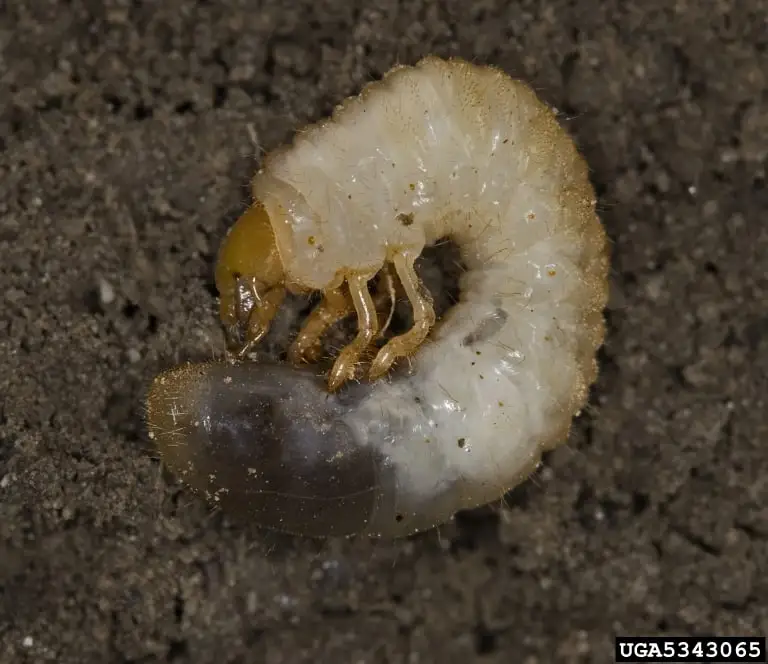
During an infestation, a curative treatment can work, but the best defense against grubs is preventive control at the right time of year to target grubs when they are at their smallest and weakest.
If grubs aren’t causing you grass troubles, there are also surface-feeding insects like chinch bugs that feed on your grass and cause symptoms that can be unappealing. Hiring a lawn care pro to properly identify and address your issue can bring your lawn back to good health.
Get the Correct Diagnosis For Why Your Grass Won’t Grow
When you see grass that won’t grow in Northern Virginia, it can be pretty frustrating. You don’t want to have the worst lawn on the block. But you can feel like you’re spinning your wheels when the solutions you’re trying aren’t working.
Let Turf’s Up help. You want to find a lawn care service provider who you trust to help you solve your lawn care problems quickly and easily, without taking up all of your time and energy. You certainly don’t want an inexperienced technician making your problem worse, costing you more money later. You want to be confident your lawn is in the best hands and that it’s on the road to recovery.
We’d love to help reduce your stress, improve your grass, and give you that worry-free lawn you crave.
Ready to learn why Turf’s Up could be your totally awesome choice for lawn care services in Northern Virginia? We’re stoked to learn more about you and help you have the best lawn on the block. Get started today with a free quote. Together, we can prepare a customized plan that is perfect for you and your yard.
Image Source: Grub
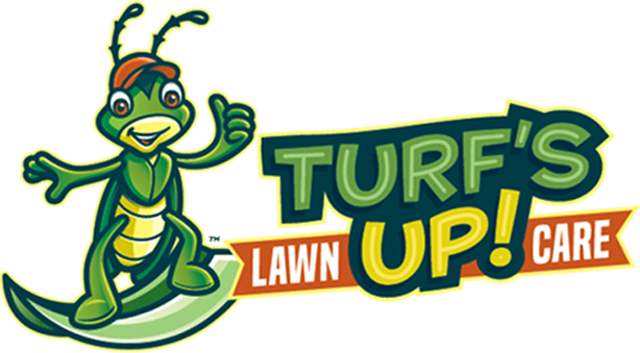
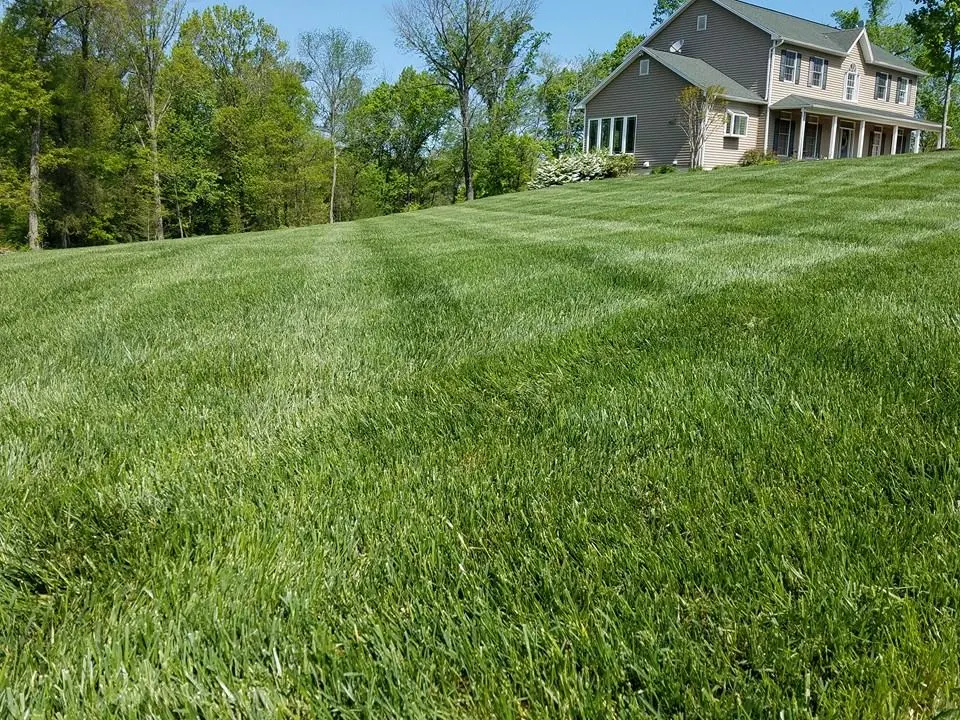

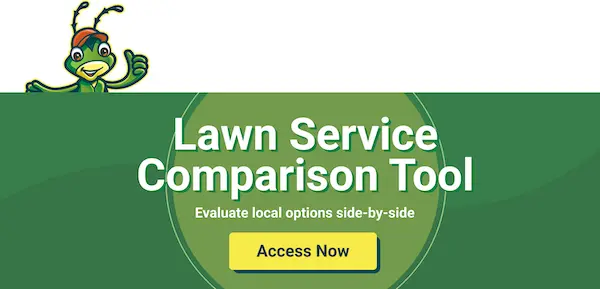


Comments (0)
Thanks for your comment!
Thanks for your feedback! Your comments have been successfully submitted! Please note, all comments require admin approval prior to display.
Error submitting comment!
There is a problem with your comment, please see below and try again.